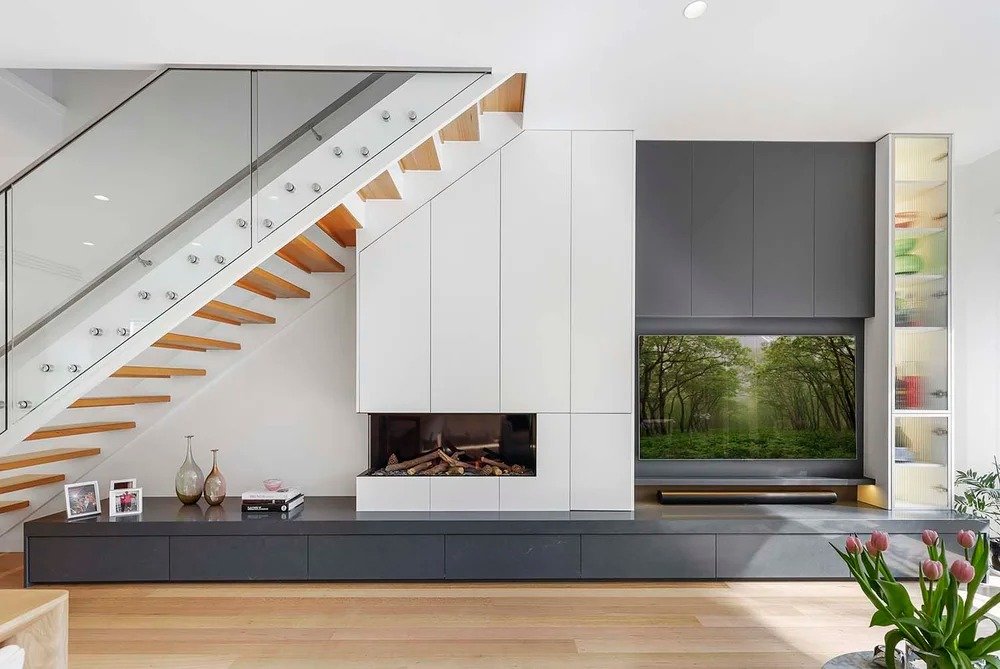Richmond is one of Melbourne’s most intriguing neighbourhoods, where Victorian terraces, historic warehouses, and leafy streets sit alongside bold new developments and contemporary urban life. It is a place layered with stories – industrial, residential, cultural – and that richness is what makes it so special. For anyone considering a renovation, extension, or new build here, the challenge is how to celebrate that heritage while embracing modern ways of living.
From the perspective of a Richmond Architect, it is less about compromise and more about finding balance. Good design honours what has come before, while creating spaces that serve today and adapt for tomorrow.
Understanding the heritage fabric
Richmond’s streetscapes are shaped by narrow frontages, intricate brickwork, iron lace, and period detailing. These features are more than decoration – they are part of the suburb’s identity. At the same time, heritage overlay controls often add complexity to projects, requiring careful consideration in how old and new sit together.
For homeowners, this can feel daunting. However, when approached with empathy, these restrictions become opportunities. By listening to the building’s story – its proportions, materials, and orientation – architects can design additions that complement rather than compete. A thoughtful extension, for example, might use a restrained palette that nods to the original brickwork, while introducing clean lines and open interiors suited to contemporary life.
Modern living, timeless comfort
While heritage facades anchor a street, modern families often need spaces that are flexible, efficient, and filled with light. Kitchens that connect to gardens, workspaces that adapt through the day, and living rooms that support both quiet and gathering – these are the qualities of a home that serves real life.
A Richmond Architect is not just tasked with creating a stylish outcome, but with shaping a home that improves everyday living. Passive design principles are essential here. Orientation, shading, ventilation, and insulation work quietly in the background to reduce reliance on artificial heating and cooling. The result is comfort, efficiency, and a home that aligns with both values and wellbeing.
Bridging old and new through materials
One of the most effective ways to harmonise heritage and modernity is through materials. Reclaimed brick, timber, or bluestone can be paired with glass, steel, and natural finishes to create continuity across time. In Richmond, this dialogue between industrial history and contemporary refinement is part of the suburb’s unique character.
Rather than mimicking the old, successful projects often use contrast as a tool. A sleek, glazed addition at the rear of a terrace house, for instance, can highlight the original facade, allowing each era to be read clearly. This honesty respects the integrity of the existing building while allowing modern interventions to speak in their own voice.
The importance of early planning
Balancing heritage and modernity is rarely straightforward. Overlay controls, narrow blocks, and construction challenges all demand foresight. Early architectural input helps avoid missteps, saving time, money, and heartache with the right advice from day one.
A clear home masterplan, paired with an Opinion of Probable Cost through ProCalc, can give homeowners confidence before committing to full design or construction. Understanding what is possible – in terms of layout, budget, and approvals – reduces stress and supports smarter decisions.
Designing for values, not just visuals
Ultimately, architecture is not just about appearances. It is about how people feel in their homes, how spaces adapt to different stages of life, and how design reflects personal values. Heritage buildings remind us of the stories that shaped Richmond, while contemporary architecture allows us to write new ones.
The balance lies in creating homes that are designed for no one else – spaces that respect the past, embrace the present, and prepare for a sustainable future. When architecture achieves this, the result is a legacy: a home that will continue to hold meaning for generations.
Working with the right partner
Balancing heritage with modern living requires both technical skill and sensitivity. It means navigating overlays, working collaboratively with builders, and, above all, placing people and values at the centre of the design.
At Whisker Architecture, we see each project in Richmond as an opportunity to bridge history and modernity with care. Our approach combines sustainable design principles, clear communication, and tailored outcomes supported by proven systems. If you are considering how to create your own forever home in this remarkable suburb, book a free 20-minute Clarity Call through our website to begin the conversation.
